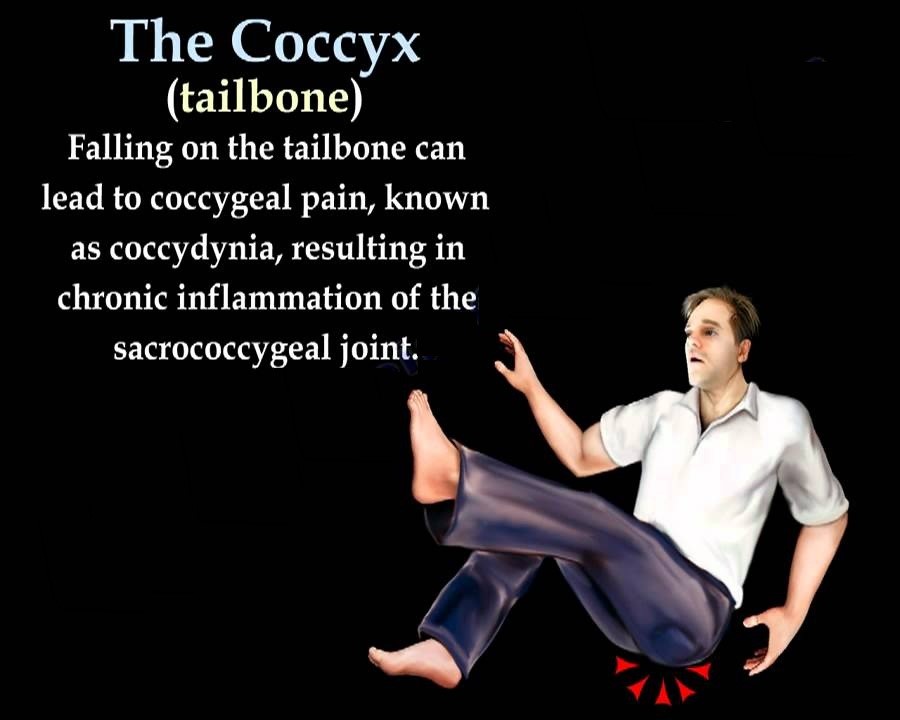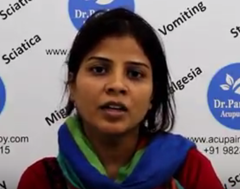
Backache is a common condition that affects people of all ages causes of which mostly cannot be pinpointed. Back pain causes are of wide range resulting into debilitating condition. That affect ability to carry out daily activities, including work, exercise, and even simple tasks like getting dressed.
Since, many treatment options are available, most people with back pain can find relief with the right treatment plan. Treatment for back pain typically involves a combination of medication, physical therapy, and lifestyle modifications.
Lifestyle modifications also play a significant role in treating back pain. These may include losing weight, quitting smoking, maintaining good posture, and taking regular breaks to stand and stretch during long periods of sitting.
Physical therapy can also be an effective treatment for back pain. A physical therapist can design an exercise program tailored to your needs and can help you improve your posture, flexibility, and strength, all of which can reduce your risk of future back pain. Lumbar traction is sometimes applied in severe back pain due to muscle spasm.
Acupuncture can be first line of such backbone pain treatment. Medications for back pain may include over-the-counter pain relievers such as acetaminophen or nonsteroidal anti-inflammatory drugs (NSAIDs), as well as prescription medications like muscle relaxants or opioids. Ayurvedic treatment for back pain or homeopathic medicine for back pain is also option but efficacy is not certain. Back pain remedies for back pain at old age should include calcium and vitamin D3 on regular basis.
If you are experiencing severe back pain, it is important to seek medical attention to determine the underlying cause and develop an appropriate treatment plan. With the right treatment, most people can find relief and regain their ability to carry out their daily activities without strong pain killer for back pain.
The symptoms of backache can vary depending on the underlying cause, the severity of the pain, and the affected area of the back. However, some common symptoms of backache include:
Acute back pain refers to a sudden onset of pain in the lower or upper back that typically lasts for a few days or weeks. It can be caused by a variety of factors, including:

Chronic back pain refers to pain in the back that persists for more than three months. It can have a significant impact on a person's quality of life and may limit their ability to perform daily activities. There are many potential causes of chronic back pain, including:
Diagnosing back pain typically involves a comprehensive evaluation by a healthcare provider. Here are some of the steps that may be involved in diagnosing the cause of back pain:
Medical history: Your healthcare provider will ask you about your symptoms, including when they started, how severe they are, and what makes them better or worse. They may also ask about your medical history and any other medical conditions you have.
Physical exam: Your healthcare provider will perform a physical exam, checking your spine for any abnormalities, areas of tenderness or swelling, and range of motion. They may also check your reflexes, muscle strength, and sensation in your legs.
Imaging tests: Treatment rests mostly on clinical symptoms. Depending on the suspected cause of the back pain, imaging tests such as X-rays, CT scans, or MRI may be ordered to provide a more detailed look at the spine and surrounding structures.
Once the cause of the back pain is diagnosed, a treatment plan can be developed. Treatment may include pain medication, physical therapy, chiropractic care, acupuncture, or surgery. The specific treatment will depend on the underlying cause and the severity of the symptoms.
Lower back pain treatment at home involves a combination of pain management techniques, physical therapy, and lifestyle modifications. This may include lower back pain reliever or muscle relaxants, as well as physical therapy to strengthen the muscles in the back and improve flexibility. Lifestyle modifications, such as back pain relief exercises, weight management, and stress reduction techniques, can also help management of chronic back pain.
Acupuncture back pain remedy can help by reducing inflammation, improving blood circulation, and promoting the release of natural pain-relieving chemicals in the body. This technique is also effective in treating underlying conditions that may be causing back pain, such as muscle spasms, sciatica, or herniated discs.
During an acupuncture session, our experienced acupuncturist will work with you to identify the root cause of your back pain and develop a personalized treatment plan. This may involve the insertion of needles into specific points on your back, as well as other areas of the body to stimulate healing and promote overall wellness.
Acupuncture is a safe and non-invasive treatment option for back pain that does not involve the use of medication or surgery. It is a holistic approach to treating pain that considers the whole person and not just the symptoms.
If you are suffering from back pain and are interested in exploring acupuncture as a treatment option, contact Dr. Pardeshi Acupuncture today to schedule a consultation. Our team of experienced acupuncturists will work with you to develop a personalized treatment plan that meets your individual needs and helps you achieve long-lasting pain relief.
Lower back pain exercises are an important part of managing back pain, as it can help improve flexibility, strengthen the muscles that support the back, and reduce pain and stiffness. Here are some exercises that may help alleviate back pain:
It is important to consult with a healthcare provider or physical therapist before starting physiotherapy for back pain, especially if you have a history of back pain or injury. They can help you develop an exercise plan that is safe and effective for your individual needs.
Home remedies for tailbone pain consists of soft pillow under seat and fomentation. It is claimed that coccydynia treatment in Ayurveda has of beneficial effects. Similarly, coccydynia treatment in homeopathy is claimed to be useful. Patients with coccyx pain should avoid long car or airplane rides), bike riding, horseback riding, and canoeing to avoid exacerbation of attack of pain.
In addition to acupuncture, other treatments for coccydynia may include, pain medication, and corticosteroid injections. It is important to work with a healthcare provider to determine the best treatment plan for your individual needs.
In the home remedy for broken tailbone, The more you rest, the quicker the injury can heal. Ice your tailbone for about 20 minutes every hour while awake for the first 48 hours, then 2 to 3 times a day. Do not apply ice directly to the skin. Use a cushion or gel donut when sitting.
Various stretches, lifestyle, and medical remedies may help address pain that can arise as a result of an injury, pregnancy or prolonged sitting.

Here are some suggestions:
Rest, Ice or heat therapy, Exercise, Stretching, Over-the-counter pain relievers, Massage and Posture improvement. It is important to note that if your back pain is severe or lasts for more than a few days, you should seek medical attention. Your doctor can help determine the underlying cause of your back pain and recommend the best course of treatment. Acupuncture is a form of traditional Chinese medicine that involves the insertion of very thin needles into specific points on the body. Needles release neurohormones from nervous system which helps body to heal itself. It acts through nerves, spinal cord, midbrain, and the brain.

“I am software professional. I had severe pain in back and coccyx (tailbone) since many months. I tried many treatments but it was not getting well. After I took Dr Pardeshi Acupuncture Pain Therapy, my pain is completely gone!”